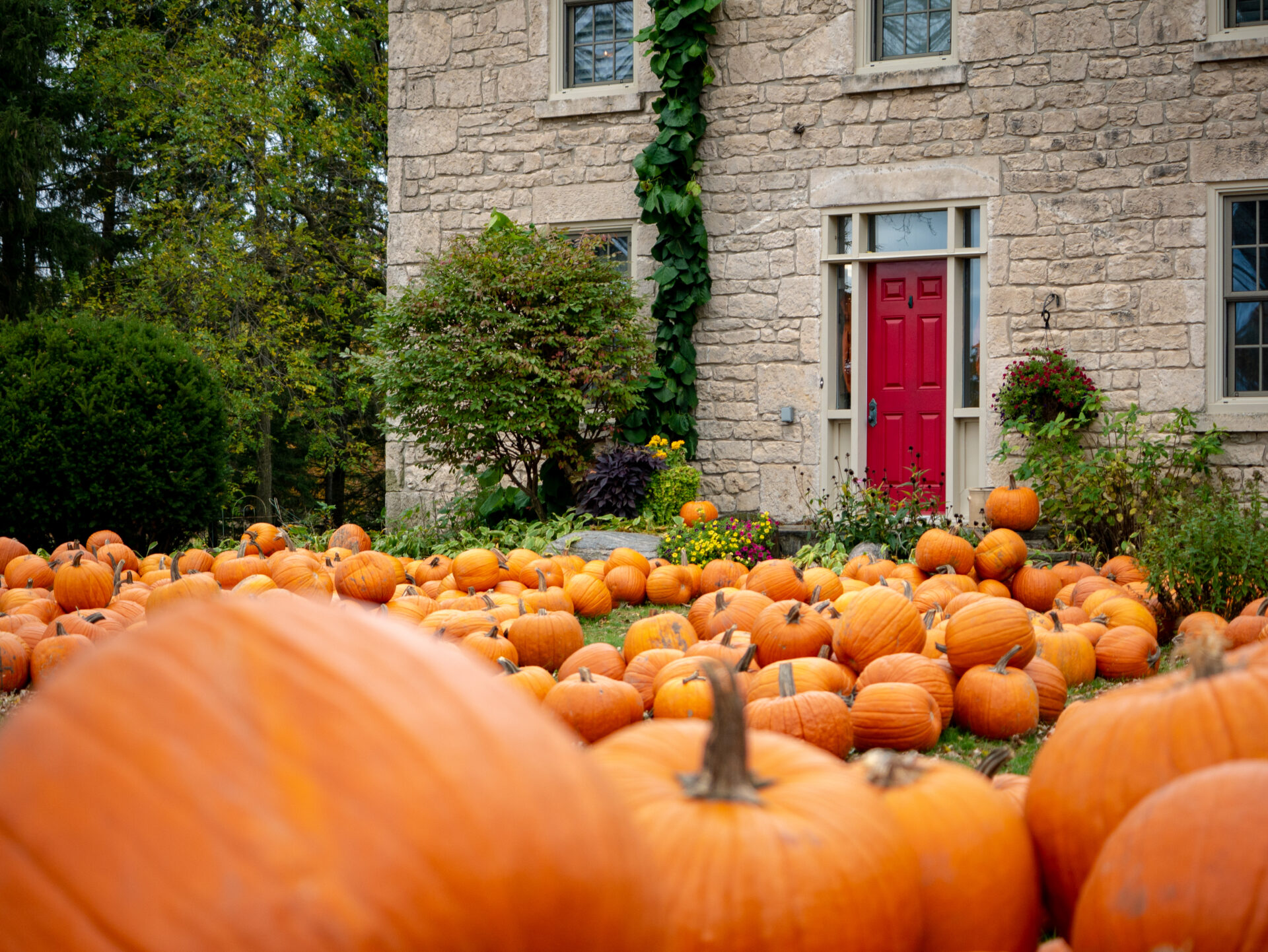Pumpkins All Around the World

When autumn paints the Northern Hemisphere with colours of red, orange and gold, pumpkins steal the spotlight as a quintessential symbol of the season. However, their journey from vine to table spans the entire globe, including the often-overlooked Southern Hemisphere.
At Zenbev, pumpkins are very special to us as they provide the source of our main ingredient – pumpkinseeds! So why are we talking about pumpkins in July? Pumpkins have a rich history and provide resources for many throughout the world, so what’s not to love 12 months of the year?
Let’s delve into the fascinating world of pumpkins, exploring their cultivation, culinary uses, and cultural significance across different continents, with a special focus on the Southern Hemisphere.
Cultivation and Varieties
Pumpkins (Cucurbita) are a diverse group of squash that thrive in a variety of climates, making them a staple crop in many regions worldwide. In the Northern Hemisphere, they are synonymous with fall decorations and Thanksgiving pies. Conversely, in the Southern Hemisphere, where seasons are opposite, pumpkins often peak during their autumn, which aligns with the Northern Hemisphere’s spring.
Australia, South Africa, and South America are key players in pumpkin cultivation south of the equator. Australian farmers, for instance, cultivate varieties like Queensland Blue and Jarrahdale, prized for their flavor and suitability for both culinary and decorative purposes. In South America, pumpkins are integrated into traditional dishes like soups and stews, adding depth and richness to the local cuisine. In the Caribbean, pumpkins are grown throughout the year and are stars of many local dishes.
Delicious Local Recipes
The culinary versatility of pumpkins knows no bounds. Their flesh, rich in nutrients and low in calories, serves as a backdrop for many dishes. In savory recipes, pumpkin flesh is pureed into soups, roasted for salads, or mashed into comforting pies and breads. In the Southern Hemisphere, where pumpkins are often harvested during the cooler months, hearty pumpkin soups with a touch of warming spices are particularly cherished.
Interestingly, while pumpkin pie remains a quintessential American dessert, its popularity has spread globally. In New Zealand, for example, the humble pumpkin is transformed into a classic Kiwi dessert, the pumpkin scone, enjoyed with a cup of tea or coffee.
Seeds: Nutritional Powerhouses
Beyond the flesh, pumpkin seeds are a treasure trove of nutrition. Rich in protein, healthy fats, and minerals such as zinc and magnesium, these seeds are a popular snack worldwide. In the Southern Hemisphere, roasted pumpkin seeds often feature in trail mixes or are sprinkled atop salads for added crunch and flavor.
Moreover, pumpkin seed oil—a delicacy in Central Europe—is gaining popularity for its nutty flavor and health benefits. In South America, pumpkin seeds are known as pepitas and are ground into sauces or sprinkled over dishes as a crunchy garnish.
Pumpkinseeds, along with a strategic carbohydrate, create the backbone of the Zenbev formulation. Pumpkinseeds alone won’t help you sleep but the unique Zenbev formulation harnesses just the right elements to stimulate natural sleep when used correctly.
Cultural Significance
Pumpkins have deep cultural roots beyond their culinary uses. In many indigenous cultures of the Americas, pumpkins were revered for their sustenance and spiritual significance. Today, they continue to be celebrated in festivals and rituals worldwide, symbolizing abundance and harvest.
In the Southern Hemisphere, where agricultural cycles are reversed, pumpkins signify the arrival of cooler weather and the transition into a time of hearty meals and familial gatherings. From the vineyards of South Africa to the outback of Australia, pumpkins play a vital role in connecting people to their land and culinary heritage.
From their origins in the Americas to their global presence today, pumpkins have transcended seasons and borders, enriching cuisines and cultures wherever they grow. Whether roasted in the Southern Hemisphere’s autumn or baked in the Northern Hemisphere’s fall, these versatile squash continue to inspire creativity in kitchens and delight taste buds around the world, and even contribute, under the proper conditions, to healthy, natural sleep.


